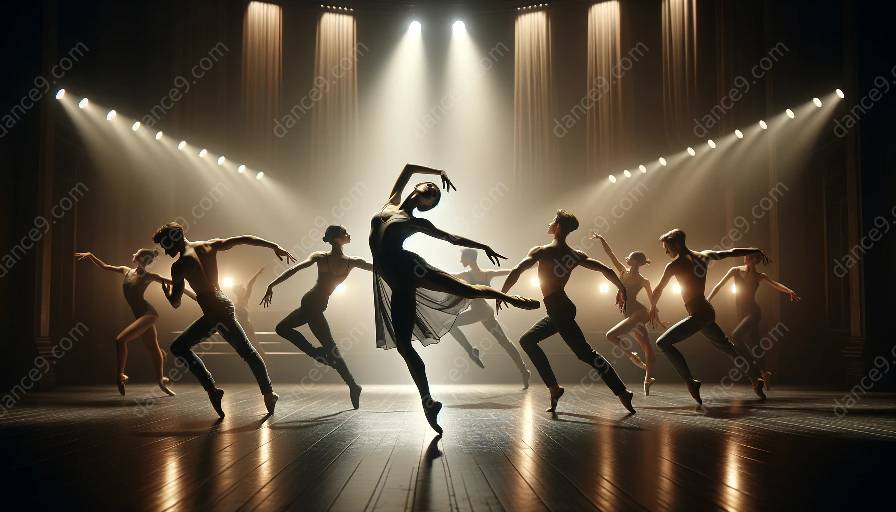Contemporary dance has evolved significantly over the past century, blending various styles and techniques to create a unique and expressive art form. From its historical origins to its influence on dance classes and modern performances, the evolution of contemporary dance is a rich and diverse journey.
The Origins of Contemporary Dance
Contemporary dance has its roots in the early 20th century, as a rebellion against the formal and rigid techniques of classical ballet. Pioneers such as Isadora Duncan and Martha Graham sought to break free from traditional dance forms and explore a more organic and expressive movement. Their groundbreaking work laid the foundation for the evolution of contemporary dance.
Influences and Trends
As contemporary dance continued to develop, it drew inspiration from a wide range of sources, including modern art, music, and social movements. This fusion of influences led to the creation of diverse styles within contemporary dance, from the emotional storytelling of Pina Bausch to the athleticism and virtuosity of Merce Cunningham's technique.
Contemporary Dance Classes
The evolution of contemporary dance has also impacted the way dance is taught and learned. Contemporary dance classes now incorporate a broad range of techniques and movement vocabularies, encouraging dancers to explore their own artistic expression and creativity. Students are exposed to a mix of traditional and contemporary approaches, cultivating a dynamic and versatile skill set.
Contemporary Dance in the Modern Era
Today, contemporary dance continues to evolve and adapt to the ever-changing landscape of art and culture. It is a vital and influential force in the world of performing arts, with choreographers and dancers pushing the boundaries of movement and expression. Contemporary dance performances captivate audiences with their innovation and emotional depth, reflecting the ongoing evolution of this dynamic art form.













































































